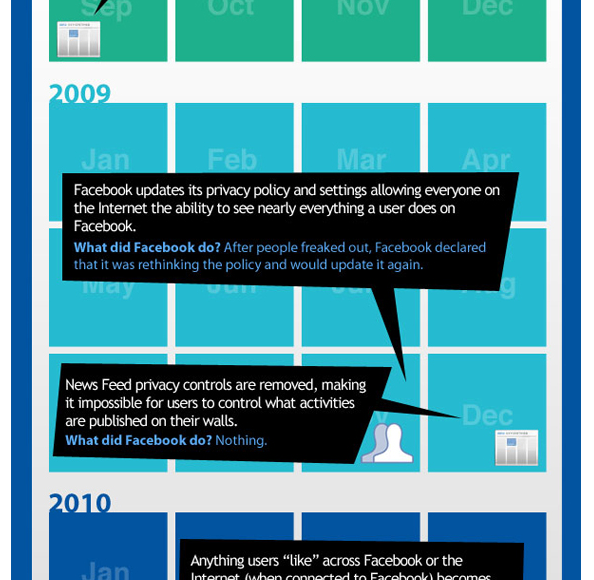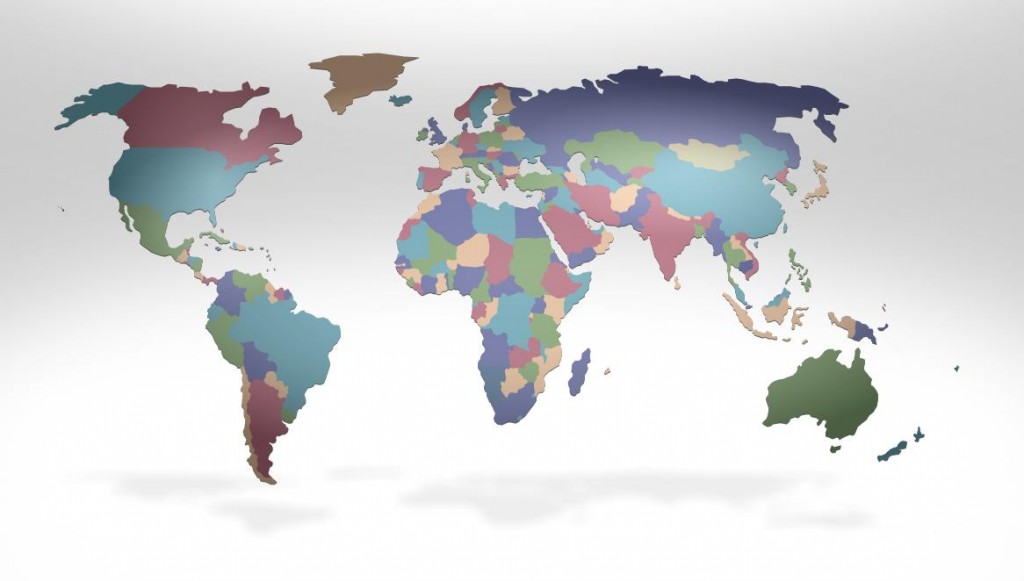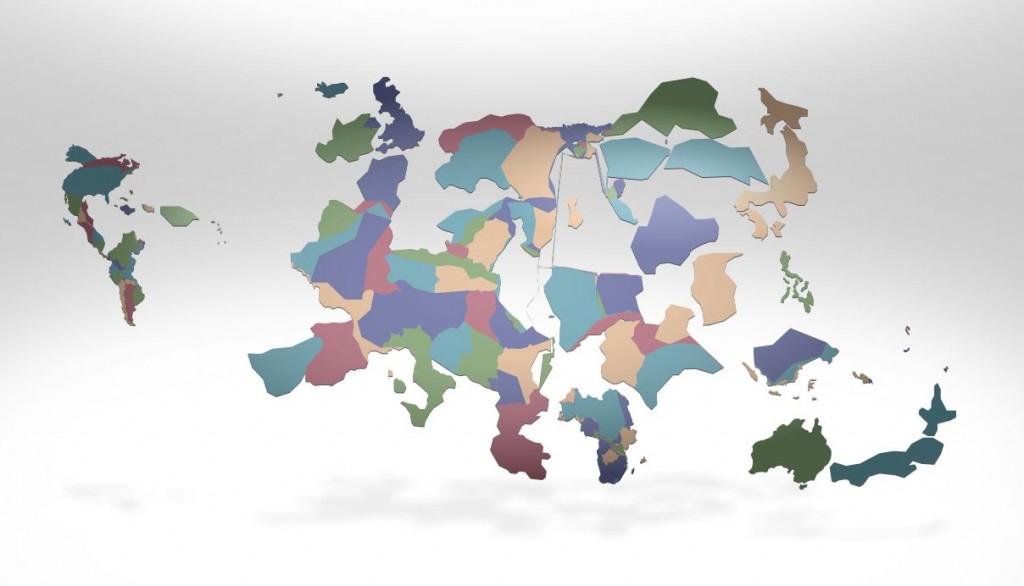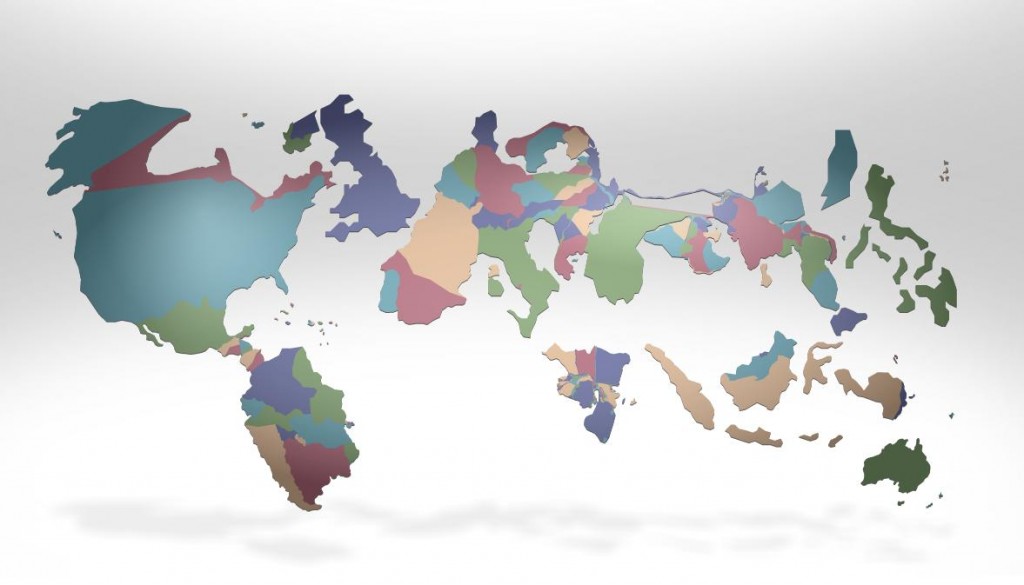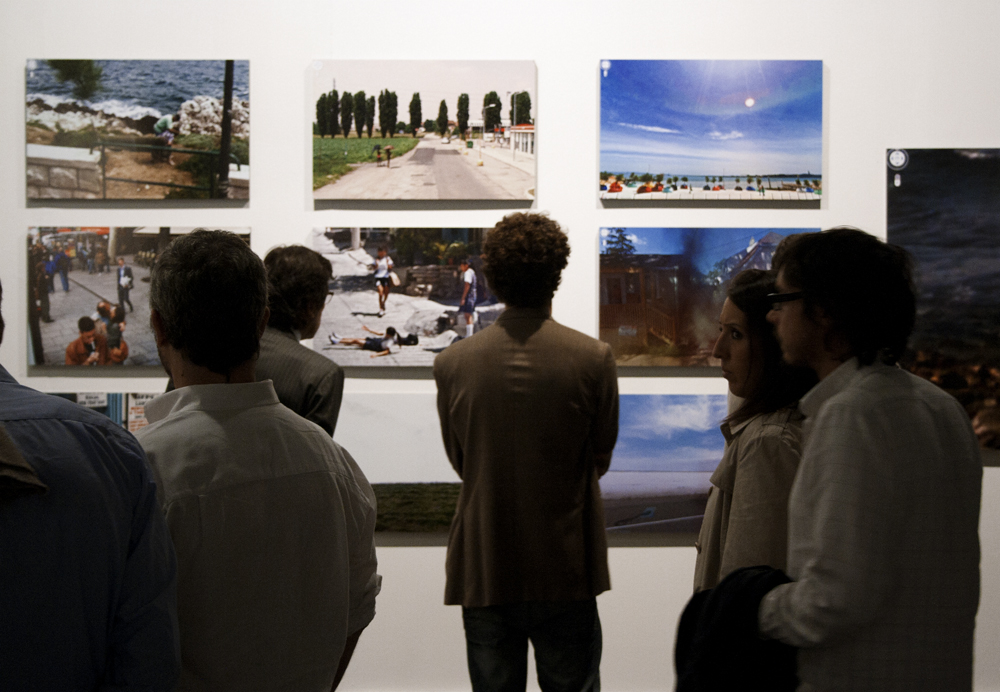 I am a big fan of Marshall McLuhan and think he is due for a well-timed comeback in this the year of his centennial. I posted this great Playboy interview a while back and am now fixated with a new website called McLuhan Speaks. This site archives short video clips of our media prophet in action.
I am a big fan of Marshall McLuhan and think he is due for a well-timed comeback in this the year of his centennial. I posted this great Playboy interview a while back and am now fixated with a new website called McLuhan Speaks. This site archives short video clips of our media prophet in action.
Click the images below to watch some of my favorite short clips from the site.
 Here, and ever ahead of his time, McLuhan describes how we will become obsessed with surveilling each other, something that social media often exemplifies.
Here, and ever ahead of his time, McLuhan describes how we will become obsessed with surveilling each other, something that social media often exemplifies.
 The “global village” that electronic media creates is similar to pre-literate social arrangements. Many have made this same point about social media, and in McLuhan’s terms, we are becoming increasingly “post-literate.”
The “global village” that electronic media creates is similar to pre-literate social arrangements. Many have made this same point about social media, and in McLuhan’s terms, we are becoming increasingly “post-literate.”
 In this video, McLuhan explains that privacy -that concept so valued when attacking Facebook or Google- is a recent invention.
In this video, McLuhan explains that privacy -that concept so valued when attacking Facebook or Google- is a recent invention.
 Video of McLuhan explaining that he only reads the right hand page of serious books because (1) these books tend to be redundant and (2) he enjoys filling in the gaps out of his own “noodle.” Awesome.
Video of McLuhan explaining that he only reads the right hand page of serious books because (1) these books tend to be redundant and (2) he enjoys filling in the gaps out of his own “noodle.” Awesome.
 McLuhan describing his “probe” technique where he is not trying to describe the truth of a topic, but rather to entice and engage via interesting new ideas -similar to Blumer’s “sensitizing concepts.”
McLuhan describing his “probe” technique where he is not trying to describe the truth of a topic, but rather to entice and engage via interesting new ideas -similar to Blumer’s “sensitizing concepts.”
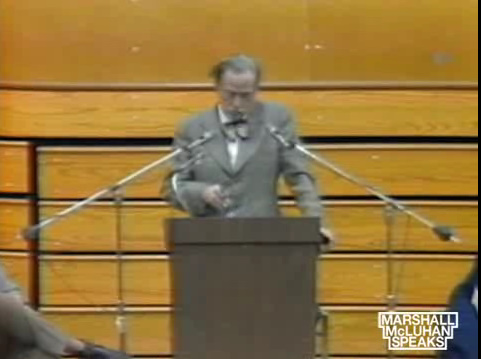 In this video, he discusses that information in the electronic age cannot be caged or monopolized, but instead information tends to be free of restraint and travels quickly. This is similar to Bauman’s idea of liquidity which I applied to WikiLeaks in describing how when information is increasingly digital, it becomes increasingly liquid. It flows across the globe and washes away structures. That is, information leaks.
In this video, he discusses that information in the electronic age cannot be caged or monopolized, but instead information tends to be free of restraint and travels quickly. This is similar to Bauman’s idea of liquidity which I applied to WikiLeaks in describing how when information is increasingly digital, it becomes increasingly liquid. It flows across the globe and washes away structures. That is, information leaks.

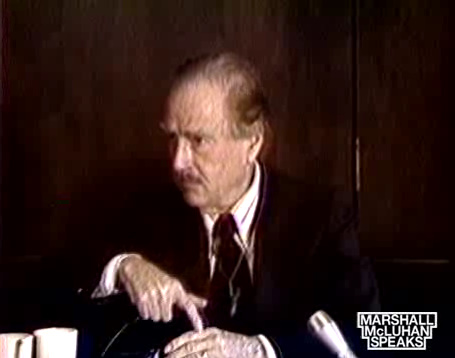
 Inspired by this recent SNL skit:
Inspired by this recent SNL skit: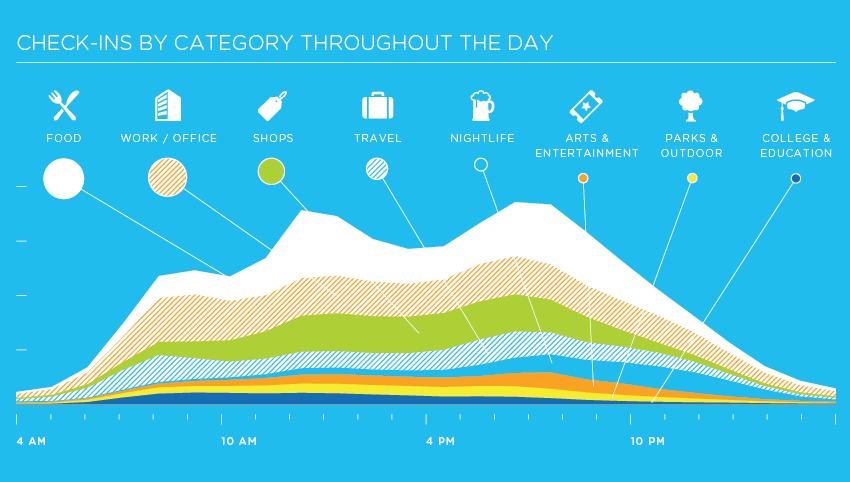

 What is potentially most interesting about this story is that it took so long for this to happen on this scale for the NFL in particular and professional sports in general. Welcome to the ranks of other major institutions like academia, politics, journalism, arts, entertainment and so on in dealing with the potentially disruptive new realities of the instantaneous mass communication of social media.
What is potentially most interesting about this story is that it took so long for this to happen on this scale for the NFL in particular and professional sports in general. Welcome to the ranks of other major institutions like academia, politics, journalism, arts, entertainment and so on in dealing with the potentially disruptive new realities of the instantaneous mass communication of social media.
